Microscope Set: The Importance of a Microscope for Kids
November 8, 2022
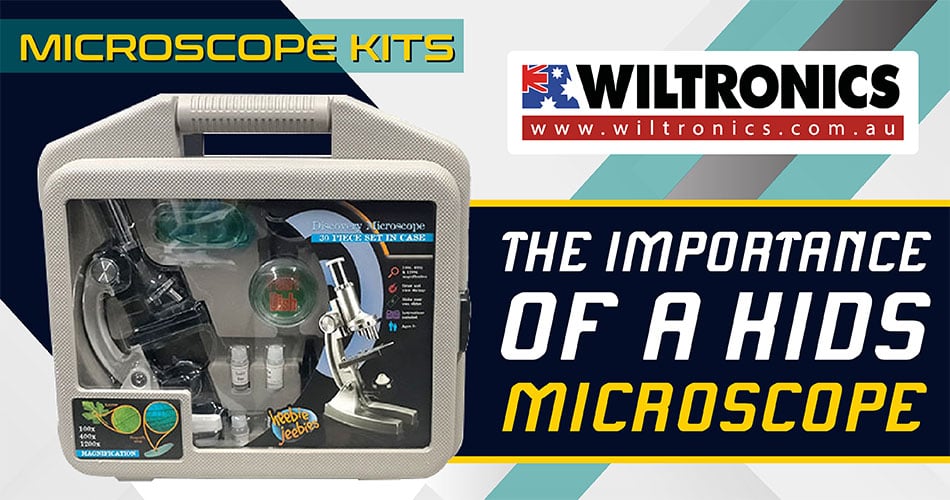
Is it necessary to buy a microscope set for kids?
Children have a natural curiosity and appetite for new experiences. Seeing things from their own viewpoint will show them science is not limited to books.
Offering a potent learning experience, microscopes are the way to open their world further. Using one allows them to explore things, enhancing their exploratory nature.
Whether it is for school or as an addition to a child’s maker space at home, a microscope set will make a difference. This post covers the importance of microscopes and the best features to look for.
Introduction to Microscopes
Microscopes introduced a whole new dimension in the fields of science and technology. Discovering and studying fine details that the naked eye cannot see is now possible.
The structure of cells and the minute structures of plants are great examples. Learning such properties can be life-changing to scholars, and kids as well.
When a child is given a chance to explore things under a microscope, it sparks curiosity. But what is this advanced tool, and how does it work?
Micro means “tiny”, and scope means “to view or look at”. A microscope is a tool used to enlarge images of small objects so they can be studied.
It uses visible light and magnifying lenses to detect or observe an object at the cellular level. For instance, microbes that human eyes alone cannot perceive.
There are two lenses that do the magnifying job. Plus, various knobs are attached for resolving or focusing the picture.
Microscope Set: The Parts and Their Functions
Microscopes make promising scientific tools. All thanks to the components that complete the structure and do the work.
Take a compound microscope, for example, the most common type available. It is a variety of microscope set that features more than one lens.
The compound microscope has two systems of lenses for greater magnification:
- An ocular eyepiece lens for looking through
- An objective lens that is close to the object
But it is more than just two lenses. Listed below are its common parts and their functions:
Arm
Supports and connects the tube to the base.
Base
The bottom part of the microscope that offers support.
Eyepiece lens
As mentioned, the eyepiece lens is at the top of the microscope, where you can peek through it. It usually has 10x or 15x power, depending on the type you use.
Illuminator
Built-in into the base of the microscope. It provides even, high-intensity light at the place of the field aperture.
This allows for the light to travel through the condenser to the specimen.
Revolving nosepiece or turret
It holds two or more objective lenses and can be rotated to change power easily.
Stage with clips
Holds the slides in place. If your microscope has a mechanical stage, the slide is controlled by turning two knobs.
This means you do not have to move it manually. One knob moves the slide left and right, and the other moves it forward and backwards.
Tube
The part of a microscope that connects the eyepiece to the objective lens.
The Importance of Microscopes for Kids
Microscopes are not only fun and interesting to play with but also impart knowledge about the world. That said, kids can develop their senses and explore things in nature that interest them.
High-quality microscopic images online are accessible, but nothing beats the real experience. And this is what a microscope has to offer — it helps strengthen their academic expertise.
This is especially important for students who are interested in the field of science. But even those who do not take that career path would find it beneficial.
In line with this, below are a few hopeful benefits of a child owning a microscope set.
1. Unparalleled introduction to science
Being persistently curious is a child’s first nature, but microscopes are not new to them. Many school curriculum includes studying these devices.
Offering experiential learning, this gives them an introduction to science. It also allows them to wonder what the human eyes could perceive.
Take them out in nature and ask them to collect plants or insects they want to examine under a microscope. This will help build their interest in science in a natural way and outside of the classroom setting.
2. Strengthens academic experience
Instead of being theoretical, microscopes make scientific learning hands-on and practical. But in most cases, the uses in the classroom are limited, and a child’s desire to explore might also be restricted.
Thus, owning their own microscope set can have a great effect. They can learn in-depth information, e.g. microbiology, that is not discussed in school.
3. Enhances exploratory nature
Children will start viewing distinct patterns and movements. And eventually, they’ll get inquisitive about how things work.
They can spend hours studying an object with great interest, enjoying their explorations. This also helps enhance their cognitive abilities naturally.
4. Inspire curiosity
Microscopes don’t make kids geniuses. But instead, they add fuel to the flames of their unrelenting curiosity.
Besides sparking their interest, it’ll naturally nudge them to ask questions. The more they discover and ask about something, the more they can learn things.
Having these qualities at a young age can help them develop their fondness for the subject.
Microscope Set: Features to Look For
Things to consider when shopping for a microscope set for kids:
1. The type
There are two types of kids’ microscopes on the market. Each is used to view different samples, and these are:
- Stereo microscopes (low power)
- Compound microscopes (high power)
Stereo microscopes are used for viewing 3-D specimens, e.g. a crystal, coin, or bird feathers. Also known as dissecting microscopes, they are designed with a low magnification power.
This type of digital microscope also provides anywhere from 10x-40x magnification. It may also come with extra features, such as a large staging area for dissections.
Compound microscopes, in contrast, are used to look at things you would not be able to see with the naked eye. These include bacteria and blood cells.
Its high magnification power provides a larger image or view of the object than stereo. For viewing samples, slides and coverslips are needed.
Some models have a mechanical stage on them. This feature allows for easy manoeuvring, especially when viewing at higher magnifications.
2. Magnification
One of the most important features of a microscope is magnification. But how much is enough magnification for your child?
This will depend on how small the items your kid will likely look at. A 400x magnification will allow them to view and study cells.
Go for a unit with high enough magnification and something to study but not too expensive. If you plan to get one with higher magnification, ensure the microscope has a strong light source.
3. Source of electricity
All microscopes need a light source for clearer and more detailed viewing. You have two choices: go cordless or not.
If it is for school use, a microscope set that works on batteries will do. But if it is for personal use, both cordless and corded can suit a child’s at-home lab setup.
Overall, it may be worthwhile to invest in one that can work without a cord. A lesser risk of tripping over and more compact.
4. Digital options
A microscope set with digital features may provide more benefits to your kid. Some units can be plugged into a computer, while some have a camera hookup.
The latter would work well for a homeschool co-op. For instance, the instructor can use hooks for demonstrations.
Get Your Microscope Set Here!
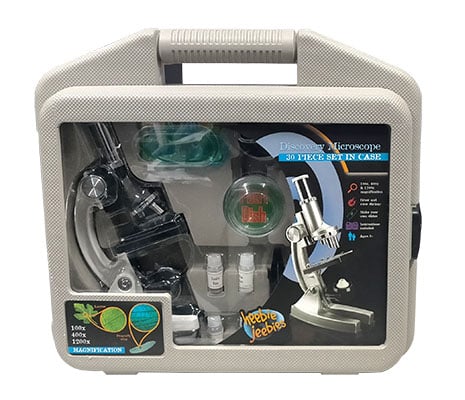
Discovery Microscope Starter Set – Heebie Jeebies
Product code: MS1015
The perfect microscope starter kit for ages 8 and above. It comes with a stylish microscope, 5 prepared slides and blank slides, covers and labels.
The set includes accessories like a petri dish, eosin dye, tweezers, and a plastic scalpel.
You also might like
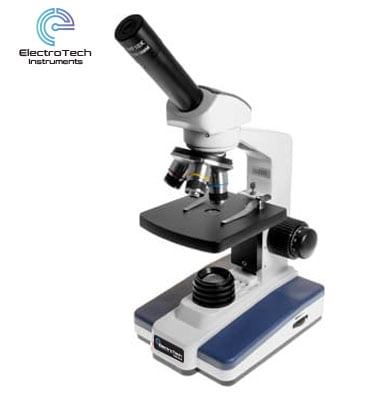
Microscope Biological Monocular, 40x – 400x, LED Illumination
Product code: MS1020A
The ideal entry-level biological microscope and perfect for educational use in biology. It features an LED transmissive light source and coarse and fine focus adjustment.
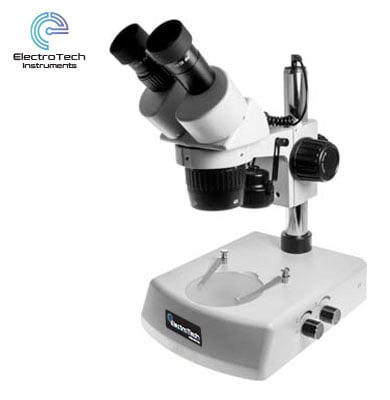
Microscope Stereo Dissection 20x – 40x with LED Illumination
Product code: MS1230A
Ideal for observation and research in teaching biological anatomy. It has adjustable brightness LED incident and transmissive light sources.
Other features include:
- 20x/40x, binocular magnification
- WF 10x/20mm eyepiece high eyepoint
- Pole stand
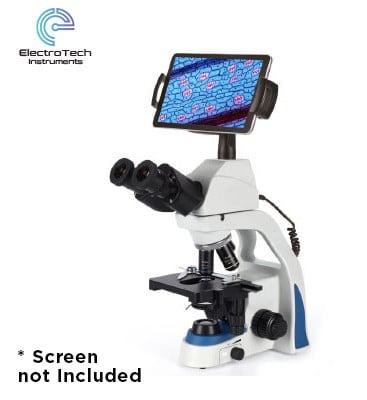
Digital Wi-Fi Binocular Microscope 1000X
Product code: MS1044A-DM
This digital microscope offers four levels of magnification power: 40X-100X-400X-1000X. The USB digital imaging system captures images and video on a computer.
Ideal for teaching demonstrations, clinical examinations, laboratories, and advanced applications.
The Bottom Line
So, is it necessary to buy a microscope set for kids? Yes, it is, and you already know why.
When a child is encouraged to use one, it can be used as an unparalleled introduction to science. This is especially true when combined with the right teaching approach.
Check out our wide range of high-quality laboratory microscope equipment & accessories for more! Great for laboratories, clinical facilities and schools to universities.
This article was originally published in October 2021 and has been updated.
© Electrotech Brands Pty Ltd 2022


Write a Comment
You must be logged in to post a comment.